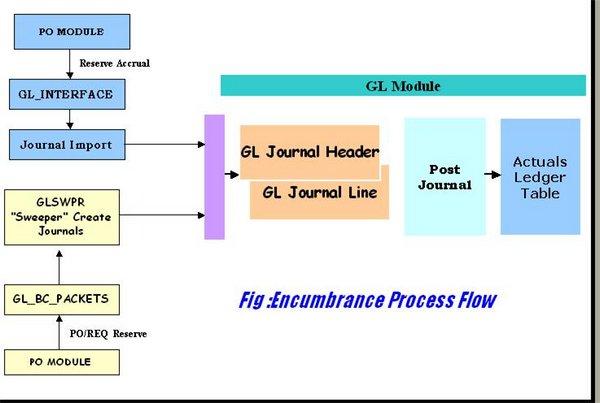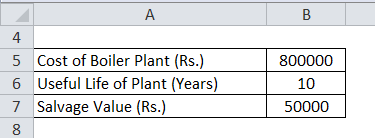
Unlike single-entry accounting, which focuses on tracking revenue and expenses, double-entry accounting also tracks assets, liabilities and equity. In order to achieve the balance mentioned previously, accountants use the concept of debits and credits to record transactions for each account on the company’s balance sheet. Double-entry bookkeeping means that a debit entry in one account must be equal to a credit entry in another account to keep the equation balanced. The list is split into two columns, with debit balances placed in the left hand column and credit balances placed in the right hand column. Another column will contain the name of the nominal ledger account describing what each value is for. The total of the debit column must equal the total of the credit column.
Best Accounting Software for Small Businesses of 2024
Basically, double-entry bookkeeping means that for every entry into an account, there needs to be a corresponding and opposite entry into a different account. It will result in a debit entry in one or more accounts and a corresponding credit entry in one or more accounts. This reduces the balance of money in the bank or increases the overdraft. The balance of the bank account will eventually appear on the balance sheet. Double-entry bookkeeping is the concept that every accounting transaction impacts a company’s finances in two ways.
When determining the appropriate adjustment to cash, if a company receives cash (” the cost of deferred revenue inflow”), the cash account is debited. But if the company pays out cash (” outflow”), the cash account is credited. The DEAD rule is a simple mnemonic that helps us easily remember that we should always Debit Expenses, Assets, and Dividend accounts, respectively.
Someone on our team will connect you with a financial professional in our network holding the correct designation and expertise. Ask a question about your financial situation providing as much detail as possible. Our mission is to empower readers with the most factual and reliable financial information possible to help them make informed decisions for their individual needs. Our goal is to deliver the most understandable and comprehensive explanations of financial topics using simple writing complemented by helpful graphics and animation videos. We follow strict ethical journalism practices, which includes presenting unbiased information and citing reliable, attributed resources.
Understanding Debit vs. Credit Accounting Basics
In the double-entry accounting system, at least two accounting entries are required to record each financial transaction. These entries may occur in asset, liability, equity, expense, or revenue accounts. Recording of a debit amount to one or more accounts and an equal credit amount to one or more accounts results in total debits being equal to total credits when considering all accounts in the general ledger. If the accounting entries are recorded without error, the aggregate balance of all accounts having Debit balances will be equal to the aggregate balance of all accounts having Credit balances. Regardless of which accounts and how many are involved by a given transaction, the fundamental accounting equation of assets equal liabilities plus equity will hold.
Example of a Double-Entry Bookkeeping System

The bank’s records are a mirror image of your records, so credit for the bank is a debit for you, and vice versa. This system of accounting is named the double-entry system because every transaction has two aspects, both of which how do i handle workers’ compensation premiums under accrual accounting are recorded. Accounting software has become advanced and can make bookkeeping and accounting processes much easier. The software can reconcile data from different accounts and automate accounting processes.
Do You Need a Double-Entry Bookkeeping System?
- When you deposit $15,000 into your checking account, your cash increases by $15,000, and your equity increases by $15,000.
- The cash account is debited by $1 million, whereas the offsetting entry is a $1 million credit to the common stock account.
- The double-entry system has two equal and corresponding sides, known as debit and credit; this is based on the fundamental accounting principle that for every debit, there must be an equal and opposite credit.
And nowadays, accounting software manages a large portion of the process behind the scenes. The double-entry system is superior to a single-entry system of accounting. Double-entry accounting can help improve accuracy in a business’s financial record keeping. In this guide, discover the basics of double-entry bookkeeping and see examples of double-entry accounting. If the bakery’s purchase was made with cash, a credit would be made to cash and a debit to asset, still resulting in a balance.
Just like the accounting equation, the total debits and total credits must balance at all times under double-entry accounting, where each transaction should result in at least two account changes. Double-entry accounting systems can be used to create financial statements (such as balance sheets and income statements), which can give insights into a company’s overall performance and health. The primary disadvantage of the double-entry accounting system is that it is more complex.
This is a partial check that each and every transaction has been correctly recorded. The transaction is recorded as a “debit entry” (Dr) in one account, and a “credit entry” (Cr) in a second account. The debit entry will be recorded on the debit side (left-hand side) of a general ledger account, and the credit entry will be recorded on the credit side (right-hand side) of a paypal accounting general ledger account.
